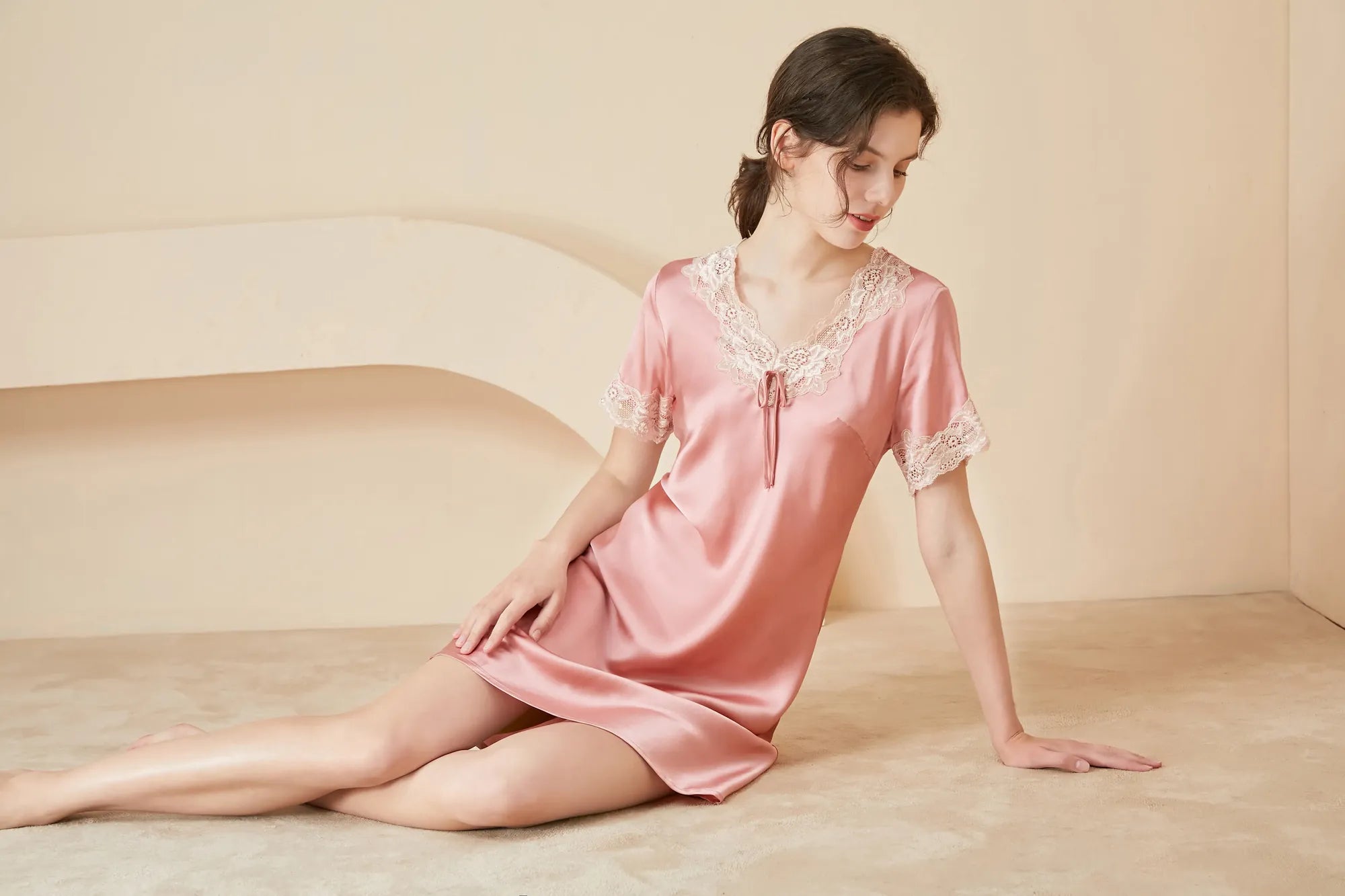Silk Pillowcase for Eczema: A Gentle Solution for Irritated Skin
- by wangfred
-

If you’ve ever spent a sleepless night battling the relentless itch of eczema, you know how even the smallest irritants can feel like sandpaper against your skin. What if something as simple as changing your pillowcase could transform your sleep—and your complexion? Enter the silk pillowcase, a luxurious yet practical remedy that’s gaining traction among eczema sufferers. This article explores how this smooth, hypoallergenic fabric can soothe sensitive skin, minimize flare-ups, and restore your peace of mind.
Why Eczema Makes Sleep a Nightmare
Eczema, or atopic dermatitis, is more than just dry skin. It’s a chronic condition characterized by inflammation, redness, and an impaired skin barrier. When you lie down at night, friction from traditional pillowcases—cotton, polyester, or blends—can aggravate this delicate state. Tossing and turning rubs irritated skin against rough fibers, triggering microscopic tears and moisture loss. Add sweat and heat buildup, and your pillow becomes a breeding ground for discomfort.
The Science Behind Silk’s Skin-Friendly Properties
Silk isn’t just a symbol of luxury; its molecular structure offers tangible benefits for eczema-prone skin. Unlike cotton, which absorbs natural oils and moisture, silk’s tightly woven fibers create a frictionless surface that glides over skin. This reduces mechanical irritation, a key trigger for nighttime itching. Additionally, silk is naturally temperature-regulating, wicking away excess heat that can worsen inflammation.
Key Benefits of Silk for Eczema
- Hypoallergenic: Silk resists dust mites, mold, and bacteria, common allergens that exacerbate eczema.
- Moisture Retention: Helps maintain skin hydration by preventing transepidermal water loss.
- pH-Balanced: Aligns with skin’s natural acidity, reducing microbial growth.
Choosing the Right Silk Pillowcase
Not all silk is created equal. Look for 100% mulberry silk with a high momme weight (19-25), which indicates durability and a tighter weave. Avoid synthetic blends, as they lack silk’s natural benefits. Opt for OEKO-TEX® certified products to ensure no harmful chemicals remain from processing.
Silk vs. Other Fabrics: A Comparative Analysis
| Fabric | Friction Level | Moisture Control | Allergen Resistance |
|---|---|---|---|
| Silk | Low | High | High |
| Cotton | Moderate | Moderate | Low |
| Satin (Polyester) | Low | Low | Moderate |
Integrating a Silk Pillowcase into Your Routine
Pair your silk pillowcase with other eczema-friendly practices: use fragrance-free detergents, avoid hot showers before bed, and apply moisturizer nightly. Over time, you may notice fewer midnight awakenings, less redness, and a smoother complexion.
Addressing Common Concerns
While silk pillowcases are an investment, their durability often justifies the cost. With proper care—hand-washing in cold water and air-drying—they can last years. For those hesitant about texture, the initial slippery feel becomes a comfort once associated with relief.
Imagine waking up refreshed, without the urge to scratch. A silk pillowcase won’t cure eczema, but by creating a gentler sleep environment, it empowers your skin to heal. In a world where eczema management often feels overwhelming, this simple swap offers a tangible step toward reclaiming comfort—and confidence.












